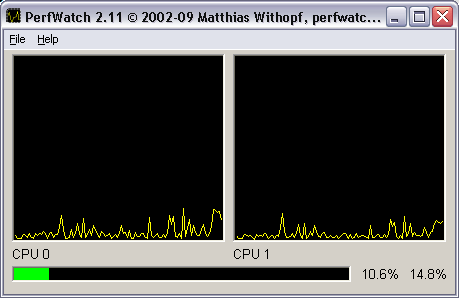
Hover over the point with the required timestamp.Ĭlick and select the time period over which you want to monitor the process. The first value is the current memory value and the second is the maximum value since the charts have started. Non-heap memory – this type of memory is used to store some JVM objects and structures that are needed for the JVM to work. The number after the slash is the peak number of threads since the process has started. Threads – the overall number of threads (yellow) and daemon threads (red). The maximum heap size is controlled by the -Xmx option. The heap size increases when new objects of reference types are allocated, and decreases when they are garbage-collected. Heap memory – the current usage of heap memory and maximum heap size. Right-click the necessary process in the Profiler tool window and select CPU and Memory Live Charts.Ī new tab opens in which you can see the amount of resources the selected process consumes.ĬPU – the CPU load for the given process.

Open CPU and memory live chartsįrom the main menu, select View | Tool Windows | Profiler.


Sometimes it is enough to figure out the cause, and when it is not enough, it can give a clue for the further investigation. IntelliJ IDEA provides a way to monitor live performance statistics for a running process.Īs opposed to viewing static figures, live data may help you to visualize resource consumption, identify resource-related bottlenecks, and understand how certain events affect the program performance.įor example, in the picture below, we can see how a memory leak looks like in the Heap Memory chart.


 0 kommentar(er)
0 kommentar(er)
